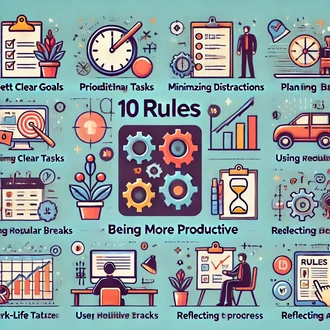Transcription How to create a story from scratch?
Creating a story from scratch can seem like a daunting task, especially if you have no previous writing or storytelling experience. However, with the right combination of creativity, organization and focus, anyone can develop a captivating story.
In this session, we'll discuss the key steps to creating a story from scratch and how to optimize your production tools to maximize your productivity in the process.
Find the central idea
Everything starts with a central idea. It can be an image, an emotion, a character or even a simple phrase. Take time to reflect and explore different concepts that inspire you. Write down all the ideas that come to mind, without judging them at first. Then select the one that most appeals to you and that you feel most connected to.
Develop your characters and conflict
Once you have the central idea, it's time to bring your characters to life. Create detailed profiles of each of them, including their physical characteristics, personalities, motivations and desires. Think about their personal stories and how they will interact with the main plot. The more developed your characters are, the more realistic and appealing they will be to your readers or audience.
Conflict is the heart of any good story. Define the central problem your characters will face and how this will affect their journey. Create a solid plot structure with a beginning, a development and a denouement that will satisfy the reader or audience. The plot should maintain interest and suspense, keeping readers engaged every step of the way.
Set the scene
The setting in which the story takes place is critical to its credibility and appeal. Describe settings in detail, whether they are real or imaginary places. Consider how the setting will affect your characters and how it can reflect the tone and theme of the story.
A well-structured narrative is essential to maintain the coherence and flow of your story. Decide if you prefer a linear narrative or if you will opt for flashbacks and time jumps. Organize events logically and make sure each chapter or scene has a clear purpose to advance the plot.
Use production tools
Production tools can be a great help in streamlining your creative process. Use apps and software
create story




